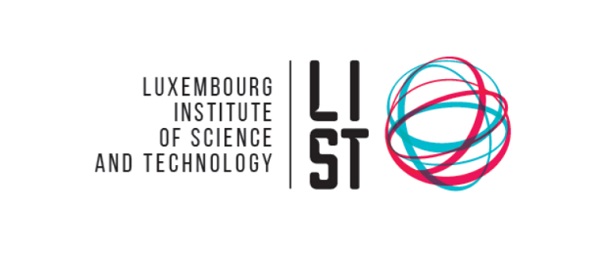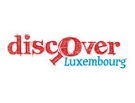
With the financial support of the National Research Fund (FNR), the Luxembourg Institute of Science and Technology (LIST) has taken on a brand new 24-month collaboration project with NASA's Ames Research Center, one of the American space agency's ten field centres, located in the heart of Silicon Valley, California (USA).
Having been impressed by the state-of-the-art technology developed at LIST as part of a previous project, NASA's Ames Research Center is pooling its expertise with that of LIST in order to adapt this Luxembourg-made technology to space applications.
As of 1 October 2016 and for a period of two years, LIST researchers will join forces with specialists from NASA's Ames Research Center as part of a large-scale project supported by the Luxembourg National Research Fund (FNR): the MS-SPACE project, 'Development and benchmarking of a compact mass spectrometer for space applications'.
At the heart of this project, there lies a shared ambition which is the fruit of in-depth discussions between the American institution and LIST: to adapt and pursue the development of the mass spectrometry technology developed over the last few years by LIST specialists for space applications. Known as FieldSpec, this technology was developed for hydrological purposes as part of a previous project, also funded by the FNR. Thanks to its compact size and high mass resolution, it has the necessary potential to meet the requirements of space exploration.
Promising technology requiring adjustment
Mass spectrometry is one of the most important in-situ analysis tools in planetary science and astrobiology. It can help answer some of the big questions in planetary exploration, such as elemental and isotopic compositions of the solar nebula; the origin, dynamics and surface interactions of the planetary atmospheres; or the origin of life on Earth and the evidence for past or present life on Mars and other planets. In order to operate in space missions, an instrument of this kind needs to be of highest performance, but yet lightweight, compact and compatible with the harsh environment of outer space. At the present time, no such tool exists. Therefore, it makes perfect sense that the Luxembourgmade state-of-the-art technology developed by LIST appealed to the specialists on the other side of the Atlantic. However, before it can become operational and have any hope of going on future space missions, the FieldSpec mass spectrometer needs to be adapted to space applications.
From their laboratory in Belvaux, Luxembourg, specialists in charged particle optics, mechanics and electronics from Advanced Instrumentation for Ion Nano-Analytics research group, will work in tandem with the NASA Research Center, drawing on all their expertise to meet such a challenge. Led by Dr. Tom Wirtz, they will work with their partners to identify the prototype that meets these requirements, and then carry out feasibility tests, once again in cooperation with the NASA Research Center.
Recognition as a major player in the field of space technology
This first collaboration between LIST and NASA offers new prospects for the coming years, by paving the way towards more joint projects and technology transfer between the two institutions. In broader terms, the high international profile of a partnership of this kind will help to earn Luxembourg recognition as a major player in the field of space technology, particularly since the space industry is one of the key development sectors identified by the Luxembourg government.








